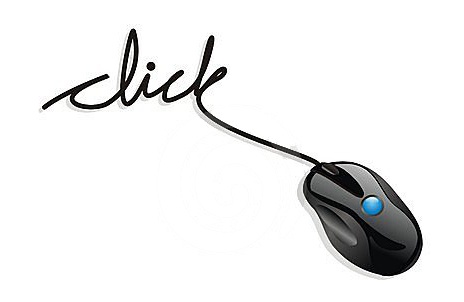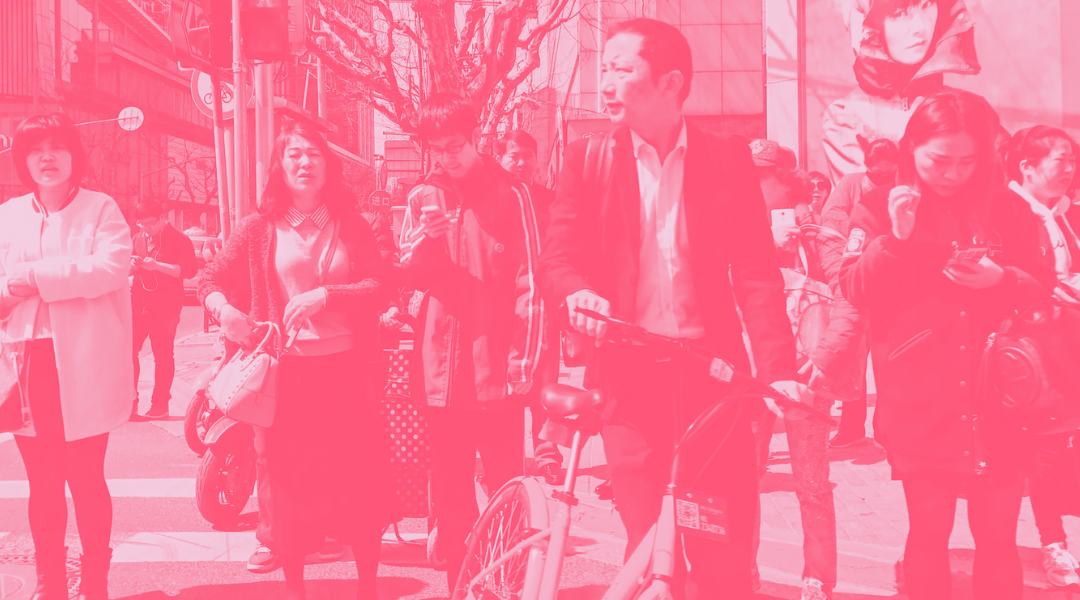LinkedIn Ads: How to create an effective campaign on the platform
LinkedIn Ads has become a key tool in the digital advertising landscape, as it has a unique approach and the ability to reach a highly targeted and...
Plan, activate and control media to hit targets with precision.
Turn data into smart decisions with advanced analytics and modeling.
Efficiency, governance and scale for agencies and teams.
![[Ebook] SEO + AI: eBook to Master AI Overviews and GEO](https://www.adsmurai.com/hubfs/MKT%20-%202025/WEB/Resources%20-%20Banners/HeaderEN_Ebook_SEO+AI.png)
[Ebook] SEO + AI: eBook to Master AI Overviews and GEO
Learn how to structure and distribute your content so generative models can understand it, trust it, and reuse it in their answers. A practical guide to compete and appear in AI Overviews and AI-powered assistants.
Discover more
The most important purchase moment of the year is getting closer and closer.
The expectations for the 2020 Christmas campaign are high: boom in the mobile shopping experience, personalization of campaigns through big data, promotional codes for ecommerce, click&collect as a new shopping system, channel diversification (online, mobile, or physical), users as brand ambassadors in social media, etc.
That's not all, the forecasts are also high.
In Spain, 70% of consumers don't plan to reduce their shopping spend during the Christmas season (the average spending in 2019 was 554 euros). 74% will look for gift ideas on online platforms, so it is important that you read our post on Why your company should be on Pinterest and 73% of consumers will finish the purchase process during the Christmas season on online channels.
Globally, Salesforce's total forecast for holiday sales is $5.1 billion. With digital sales reaching historic levels of $940 billion and a 30% growth in global online commerce, much higher than the 8% increase in 2019.
Before establishing the strategy for your Christmas campaign, we must analyze the data from previous years and make a plan that includes issues such as budget, KPIs, seasonal keywords, optimization for different platforms and devices...
We are probably facing the biggest online Christmas campaign in history, it is one of the most important moments at the end of the year and it is very important to be clear about our marketing objective for the Christmas campaign. At Adsmurai, we suggest three standard strategies according to your marketing objective:
If you have a physical point of sale and want to measure the impact of your Social Media campaigns on your store, don't overlook this strategy. Especially this year, taking into consideration the restrictions in physical stores and the trends that are booming (click&collect, mobile, channel diversification, etc.). We must bear in mind that online and offline are part of the same process that goes in both directions. That is why you will have heard about omnichannel: The presence and adaptation of the message in different channels and platforms depending on where the user is in the funnel.
Before explaining the Offline Conversions by Adsmurai strategy to you, this is the glossary of terms we will be using:
It is also important that you consider the funnel for offline campaigns:
Depending on the time of the funnel in which our user is, there are two offline strategies. In the first phase of user interest in our brand, we find Store visits. How do they work?
Upload the locations of the stores in each platform
Launch campaigns with "store visit" or "reach" objectives
Record store visits
Attribute store visits to the campaign in question
At a more advanced stage of the funnel, where the user takes action, we find Store sales and that's how it works:
Having a process of uploading offline purchases to the platforms
Launching campaigns with "store sales" as a goal
Register purchases in the store. Only those for which we have data
Attribute offline purchases to the campaign in question
If you have an ecommerce, your objectives are performance, but your user has not yet made a purchase decision (mid funnel) you should consider a strategy to generate leads.
First of all, what is a lead? It's a user who has given his or her data to a company and it becomes a record in their database with which the company can interact.
There are four basic and essential elements for your lead generation strategies:
Offer: This is the valuable content that you offer the user in exchange for their data. It's important that it has a powerful title, an eye-catching creativity... There should even be different offers for the different moments of the funnel: Knowledge, Interest, Action and Loyalty.
Call to Action (CTA): It is the message that drives the user to complete the action of the campaign. It should be highlighted so that it is very visible and it should be linked to the landing page. In addition, it is important that it is short and easy to interpret for the user. You can even use A/B tests to find the most effective one for your brand.
Landing page: It is the page, within your website, dedicated to a specific objective that is usually to receive the information from your leads. Design an attractive page, with elements that are easy to find and make the title coincide with the CTA corresponding to the offer.
Form: Used to collect user data. Optimizing the user's experience with basic and necessary data and distributing it throughout the landing page will make it seem shorter. Don't forget to guarantee the privacy and security of the user.
This kind of strategy can help you to have a large database with which to make retargeting or lookalikes audiences much more qualitative and updated, as well as improve the results of your campaigns!
Finally, increasing conversions is one of the most used strategies by brands when they have performance objectives and their users are already sure of what they need and decided to acquire the product or service (low funnel). With the right pixel configuration, you can narrow down the target audience and let the campaign do the rest.
One of the most important aspects is to define what a conversion is for the campaign we want to launch. To establish this "objective", we must consider what we want to achieve with the ads:
In this way, we will define what the conversion can be: Subscribe, add to cart, buy... We must always keep in mind that it must be an action that can be monitored through our website.
The second important aspect is retargeting, i.e., redirecting a user who has already shown interest in the product. It aims to increase conversions. It does so based on a simple idea: the consumer rarely makes a purchase after his first search.

LinkedIn Ads has become a key tool in the digital advertising landscape, as it has a unique approach and the ability to reach a highly targeted and...

Click, click, click, click. We are surrounded by clicks. We spend our day clicking and expecting to receive clicks. On our website, e-mails, social...

Double 11 or Singles’Day was created by Alibaba 12 years ago and year over year has become the ultimate Chinese shopping festival. As we told you in...